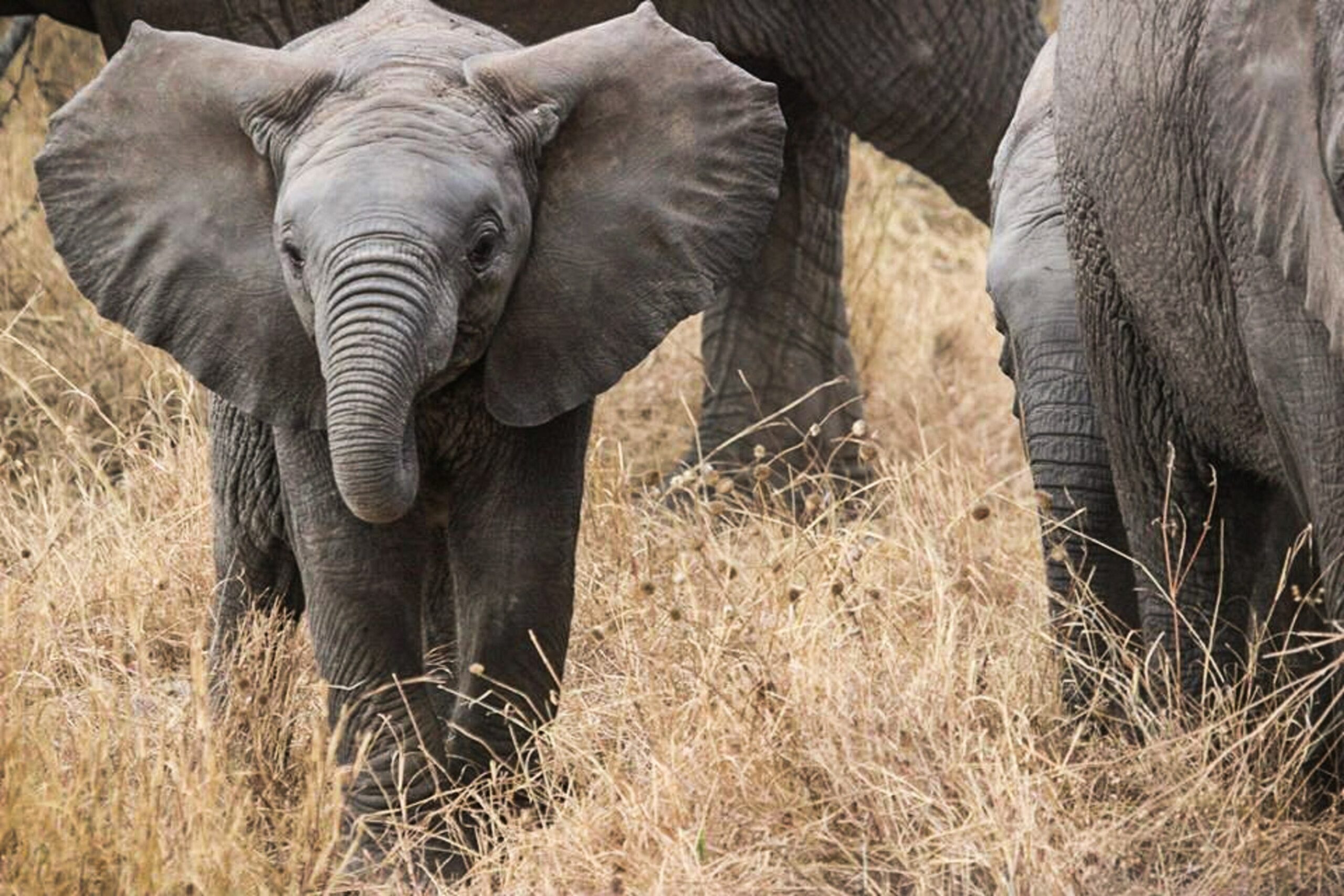|
Getting your Trinity Audio player ready…
|
By Nhau Mangirazi
The government has been challenged to consult widely communities most affected by human-wildlife conflicts (HWC) before the endorsement of funding compensation announced by the cabinet last week.
Members of Parliament whose constituencies are affected called for community input before endorsement of the funding. Mbire Member of Parliament Douglas Karoro said his constituency is worst affected by the human-wildlife conflict
‘‘Annually we experience disturbing cases of human attacks by wild animals. We lose precious lives to these attacks. A month ago, a male adult was attacked and killed by a lion in Ward 2, Angwa.
‘‘We lose an average of four people to wild animal attacks every year,’’ he said.
Karoro added that the attacks also come in the form of crop destruction.
Mbire is situated about 300 kilometers north of Harare and has 17 wards with an estimated population of 84 000 people.
‘‘This year we had a large herd of elephants invading crop fields. In most cases when an average herd of elephants of say, 100, invade a two-acre crop field, the results are often catastrophic as nothing is spared from that field. A worrisome number of farmers in Mbire were affected in this way. In ward 4 alone, two farmers were killed by elephants as they tried to scare away elephants that had invaded their crop fields,’’ said Karoro.
He estimated that at least 3500 hectares of crops were destroyed by wild animals this season.
‘‘The lives of over 8000 households need food aid. The debate on compensation for victims of wildlife attacks is most welcome to the people of Mbire as it was long overdue. It brings hope to thousands who have been adversely affected by wild animal attacks,’’ he added.
Karoro said the compensation for injuries; deaths and crop destruction must be inclusive.
‘‘I would suggest that there be a wider consultation of communities living in human-wildlife conflict zones,’’ said Karoro.
Kariba Member of Parliament John Houghton said much of the HWC involves damage to property and crops.
‘‘That might have been omitted intentionally so I must dig deeper before taking it to parliament. I am out of the country until next week so will not achieve anything before I return,’’ he said in a written response.
Houghton confirmed that Kariba’s urban and rural are affected.
‘‘Incidents of HWC are frequent where in resort town baboons are destructive; elephants are harassed by (mostly) children, very unfortunate and reaction can be fatal. Sometimes hippos and of course crocodiles,’’ he added.
Kariba-based human rights defender, Sam Mawawa, recorded 24 victims where lives have been lost while properties were damaged.
‘‘We suggest that the Ministry of Local Government and Department of Public works should be on the site for verification of damages made by animals so that victims are compensated in full,’’ added Mawawa.
Last week, information minister Monica Mutsvangwa revealed that 46 people had perished this year alone and the cabinet had approved a compensation fund.
She added that the fund was for treatment and burial expenses for victims of human-wildlife conflict.
“Cabinet has approved the setting up of the Human-Wildlife Conflict Relief Fund after considering the high number of people losing their lives due to attacks by wild animals,” she said.
Mutsvangwa confirmed that Mashonaland West was the hardest hit by human-wildlife conflicts where 19 people were killed in the province this year.
“Cabinet adopted the establishment of a relief fund to cushion the victims of human-wildlife conflict by way of funeral assistance and an amount paid towards hospitalization and treatment with a set limit,” she said in a post-cabinet meeting briefing.
She said competition for limited resources often resulted in wild animals killing people, especially in communal areas and towns that were close to national parks, safari areas, and forests as well as other protected areas.
“Consequently, people living adjacent to wildlife areas are always in danger of being attacked by the animals, and it has been established that the frequency of such attacks is increasing,” Mutsvangwa added.
“As of August 2022, 46 Zimbabwean lives lost to human-wildlife conflict with the most affected being Mashonaland West province where 19 people were killed, mostly in Kariba.” noted the minister.
Of late human-wildlife conflicts have resulted in people being maimed, disabled, or sustaining serious injuries.
She further said food security for communities has also come under serious threat due to the consumption and destruction of crops, loss of livestock to predatory wild animals, destruction, and damage of property and infrastructure as well as exposure to zoonotic diseases.
Mutsvangwa outlined strategies to reduce human-wildlife conflicts that included conservation education in the use of barriers, translocation, sterilisation, and selective culling of wildlife, approved hunting quotas, and fencing to restrict or control the movement of wildlife.
A human-wildlife conflict unit will be established under the Zimbabwe Parks and Wildlife Management Authority.
“The Fund is based on a self-financing model where proceeds from hunting and other crowd-funding activities will be mobilised to resource the Fund,” Mutsvangwa said.
“The Fund will be extended to include preventative measures such as providing water in the game parks and enhancing grazing pastures. The Fund will also look at associated impacts such as livestock loss and control of wildlife and livestock movements to curtail the spread of diseases such as foot and mouth,” noted Mutsvangwa.
Zimbabwe has the highest number of deaths from human-wildlife conflicts in the region because of large populations of wild animals compared to other countries such as Botswana, according to Mutsvangwa.
“In 1980, Zimbabwe had reached an elephant population of approximately 50 000, while the human population was 7.4 million. In the year 2022,’’ she added.
The (Zimbabwe Statistics Agency) population census estimated the population of 16 million and elephant population at more than 85 000.
